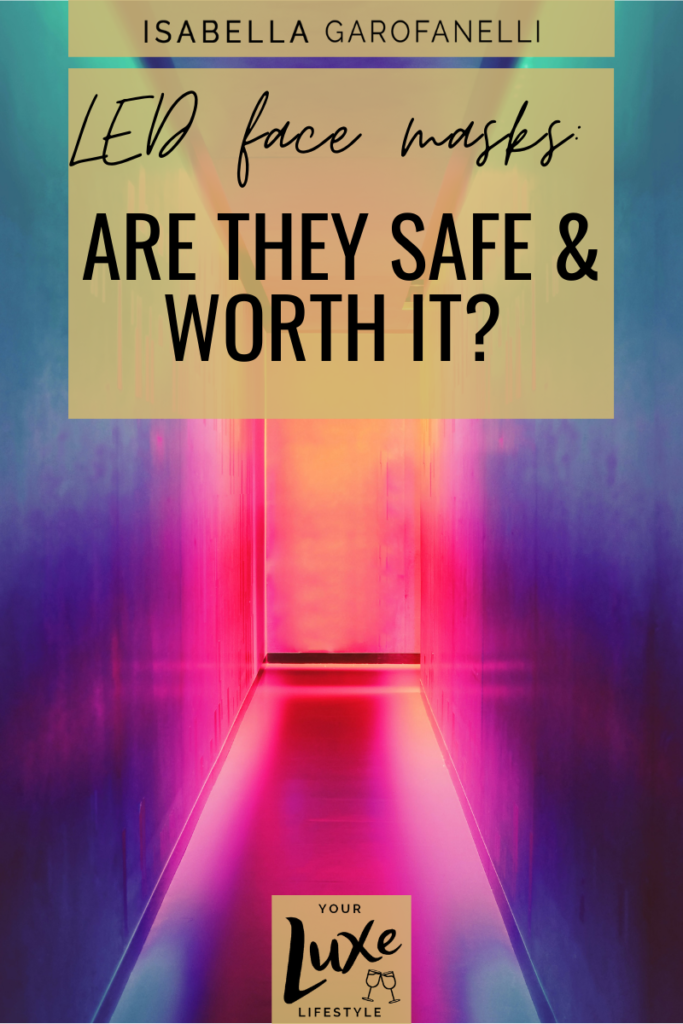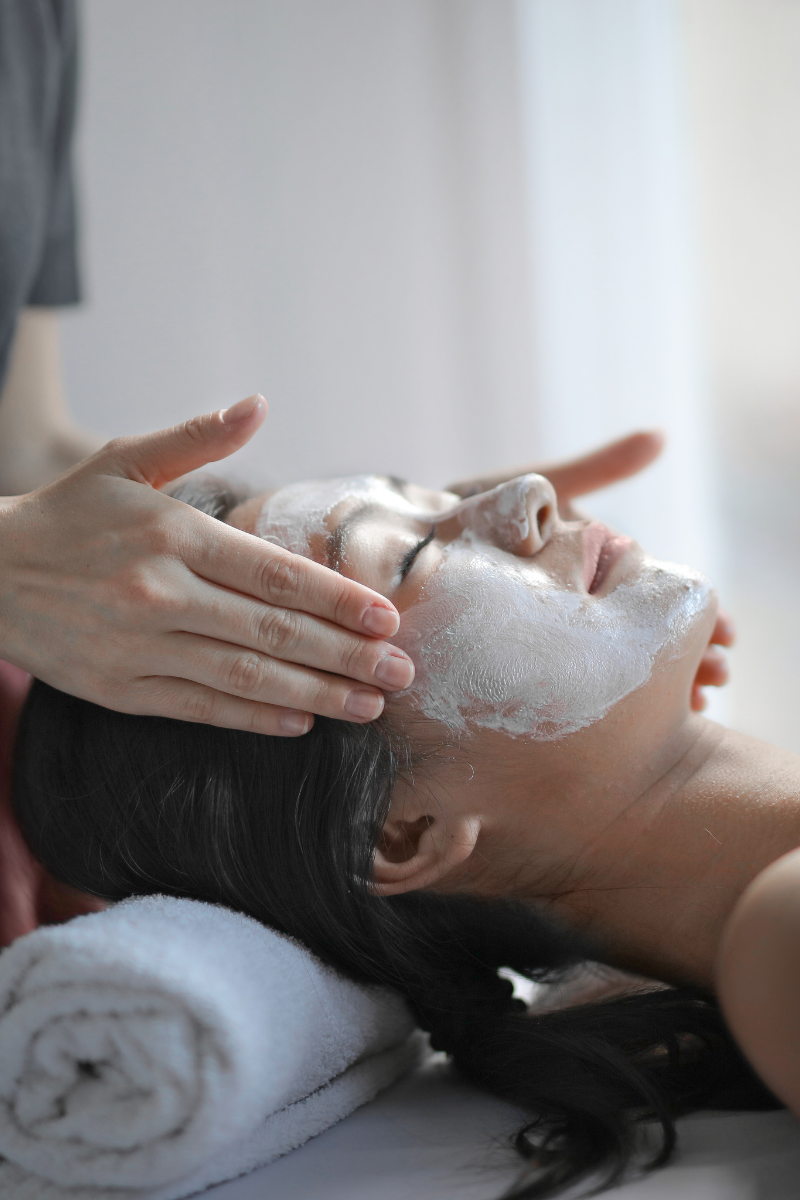From Paris Hilton to Madonna, legions of celebrities are swearing by the benefits of LED face masks… but what’s the deal with these futuristic-looking masks? What do they do for the skin – and do they actually work, or is it all a big marketing ploy?


The Science Behind LED Face Masks
LED light therapy has long been a popular salon treatment – in fact, it has been around for over three decades. It’s only recently, however, that big brands have begun to offer at-home devices, making the treatment more accessible.
The treatment works by using light-emitting diodes (LEDs) to revitalise the skin. Different colours have different benefits. The photons from blue light kill bacteria on the skin which is helpful for those struggling with acne or rosacea. Red light stimulates cell renewal, increasing collagen production and brightening dull complexions. Colorless near-infrared light reduces inflammation, reduces pigmentation and accelerates wound healing.
It might sound like LED therapy is firmly on the “woo” side of life, but there’s plenty of science to back it up. In fact, LED light therapy is so promising that even NASA is studying its potential to help plants grow in space and heal wounds in cancer patients.

Mental Health Benefits of LED Face Masks
LED light treatments don’t just offer skincare benefits; there’s also a growing body of evidence to suggest that they can improve mental health by boosting patients’ levels of serotonin – aka the happy hormone.
This is especially true in the winter months. Those who live in countries with cold, dark winters can attest that a lack of daylight has a serious impact on mental health. This is known as SAD – Seasonal Affective Disorder.
Those who struggle with SAD often turn to special lamps but there’s evidence that LED therapy could be just as – if not more – effective, and you get to take care of your skin at the same time. Sounds good to us!


Are LED Face Masks Safe?
In short, yes.
Leading skincare experts agree that LED face masks are safe and, as mentioned, the treatment has been popular amongst luxury skincare aficionados since the 1990s.
Remember, an LED treatment mask is totally unlike a tanning bed. It doesn’t emit UV light which is what harms our skin and causes signs of ageing.
Of course, you should follow the manufacturer instructions carefully, use eye protection and stick to the recommended time limit.
When shopping for an LED face mask, make sure to buy one that has been approved by either the FDA or the EU, depending on where you live. See below for the most reputable options on the market right now.
These masks will have undergone strict testing – stricter, in fact, than the machines you find in a salon because they are designed to be used without the presence of a trained professional.

At Home vs Salon
The LED therapy machines you would find in a salon are certainly more powerful than their at-home counterparts, but unless you have time to go in every single day then an at-home device is a great alternative between treatments.

How to Use an LED Face Mask
- Wash your face with a gentle cleanser and pat dry
- Use the mask for the manufacturer recommended amount of time
- Follow up with your favorite serum and moisturiser as usual
Repeat this process several times per week – how often depends on the mask that you purchase, so make sure to follow the manufacturer guidelines.
It’s perfectly okay to use retinol or retinoids with an LED face mask but be sure to apply them after the treatment, with a 5-10 minute break in between.

LED and Microneedling
Microneedling stimulates rejuvenation by causing microtraumas to the skin that stimulate the body’s healing response. LED face masks, meanwhile, focus on healing. The two compliment each other well and are often offered in salons as part of a rejuvenation package.
For more on microneedling, check out this guide.

If you enjoyed this article, take a look at Your Luxe Lifestyle’s guide to dermaplaning or microcurrent facial devices.





Comments +